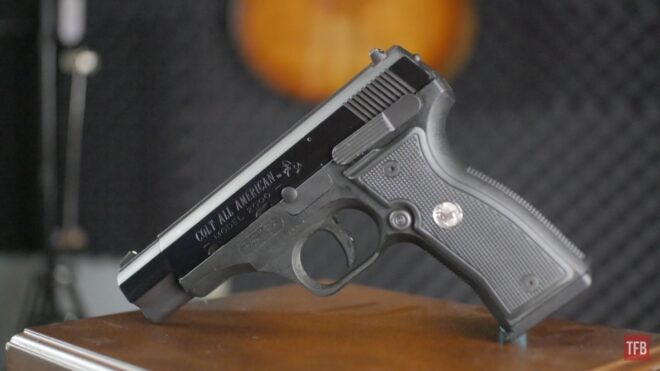Looking to add some variety to your gun collection? Well, look no further than the Colt All American 2000 – the gun that’s more American than apple pie and bald eagles combined! Okay, maybe not quite, but this quirky little pistol is definitely worth taking a closer look at. From its unconventional design to its reputation as one of the biggest commercial flops in firearm history, the Colt All American 2000 is an interesting piece from a time when the idea of carrying a polymer-framed handgun was just starting to get a foot in the door. At first glance, the All American 2000 might seem like just another polymer-framed 9mm, but it’s the unique features and story behind the gun’s development and release that really set it apart. For “The Curious Case of the Colt All American 2000 Part 1”, we’ll be taking a look at its history before we dive into a field review after I’ve had some more time to really test the handgun at the range.
More Colt Articles @ TFB:
- HOT GAT or FUDD CRAP? Is this 1908 Polished or Polarizing?
- Colt Announces A Bolt Action Rifle – The CBX Precision Rifle System!
- Is the Mk18 Reliable? Colt/Daniel Defense Mk18 Torture Test
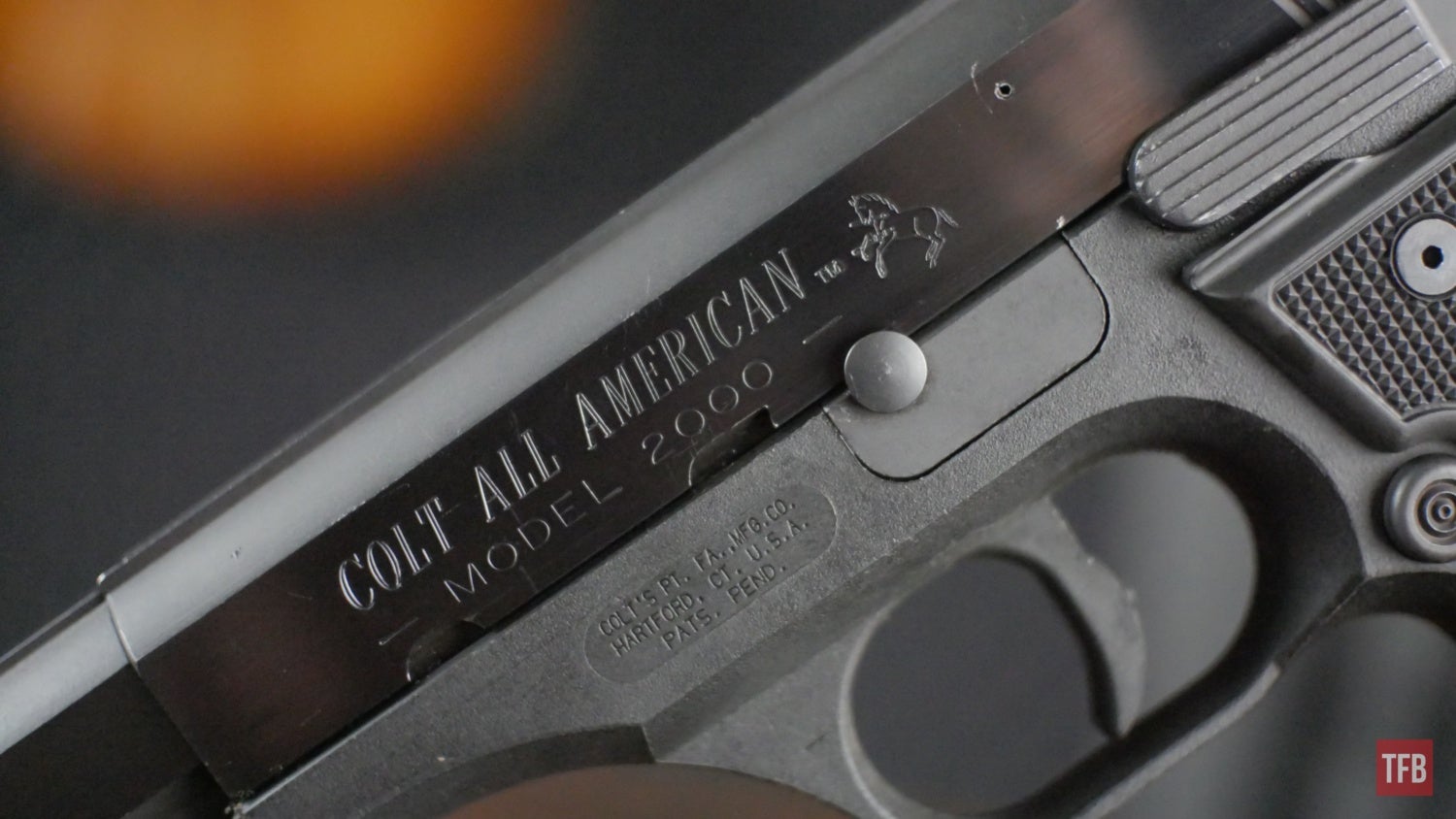
The Curious Case of the Colt All American 2000 Part 1: History
The Curious Case of the Colt All American 2000 Part 1: History
Colt’s first foray into the polymer-framed handgun world began back around the end of the cold war. With more and more police agencies across the country gladly adopting semi-automatic pistols as the standard service weapon, Colt decided to take the design of the All American 2000 and attempt to regain their stake in the law enforcement contract scene. During SHOT Show 1990, Colt unveiled the All American 2000 which was revealed to be a collaborative effort between the legendary gun designers Eugene Stoner and Reed Knight.
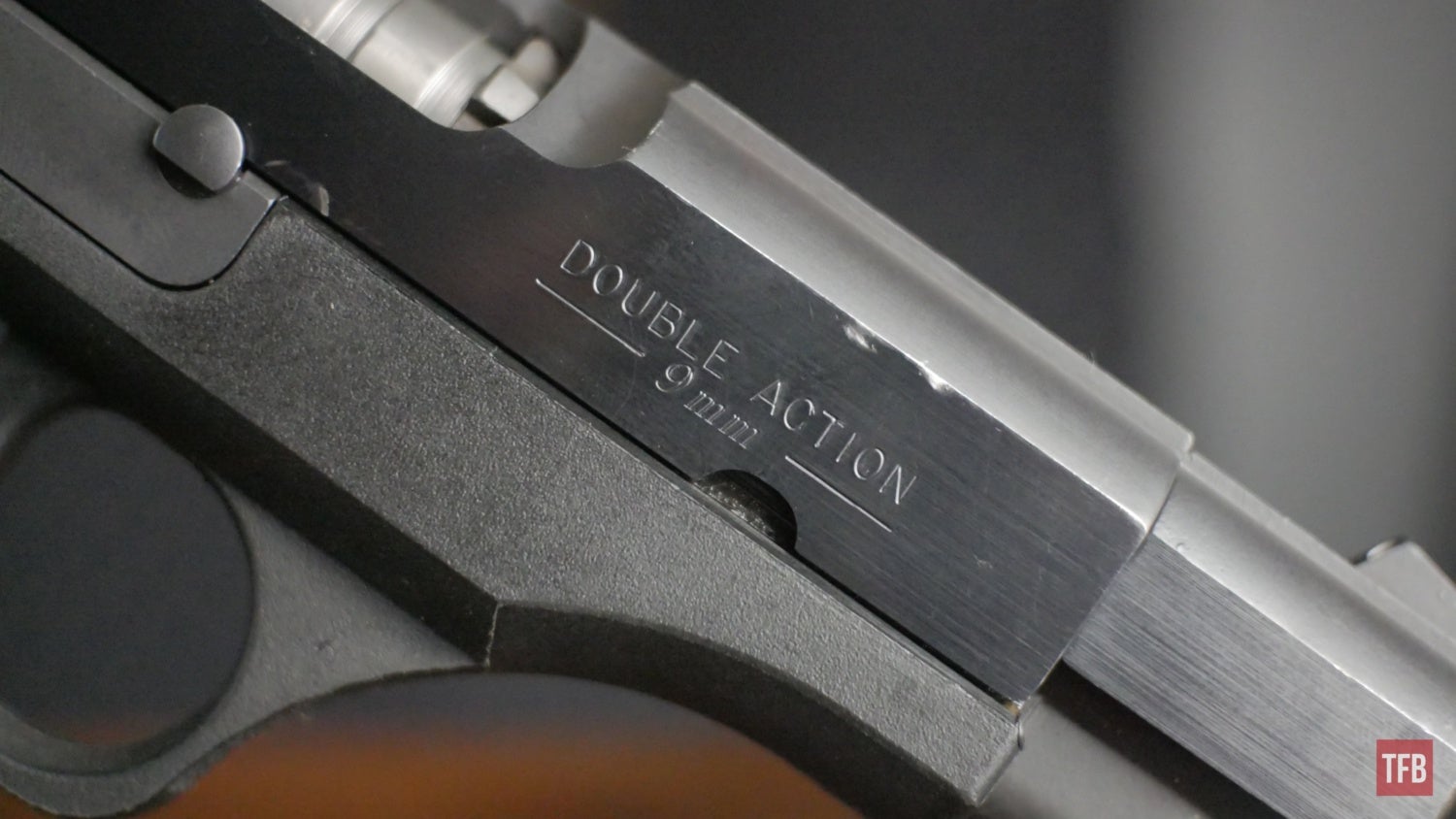
Specifications:
- Caliber: 9mm Luger
- Barrel length: 4-1/2 inches, 6 groove, left-hand twist 1:14
- Overall length: 7-1/2 inches
- Weight: 29 ounces
- Magazine capacity: 15 rounds
- Action: Double-action only
- Construction: Available in both a polymer-framed and an aluminum-framed version
- Finish: Non-glare carbon steel blue slide; electroless nickel-plated carbon steel barrel
- Sights: Three-dot, fixed sights,
- Safety: Patented lock breech system, passive firing pin safety, heavy double-action pull, internal striker block
- Grip: Textured polymer grips
- MSRP: $575.00 (in 1991)
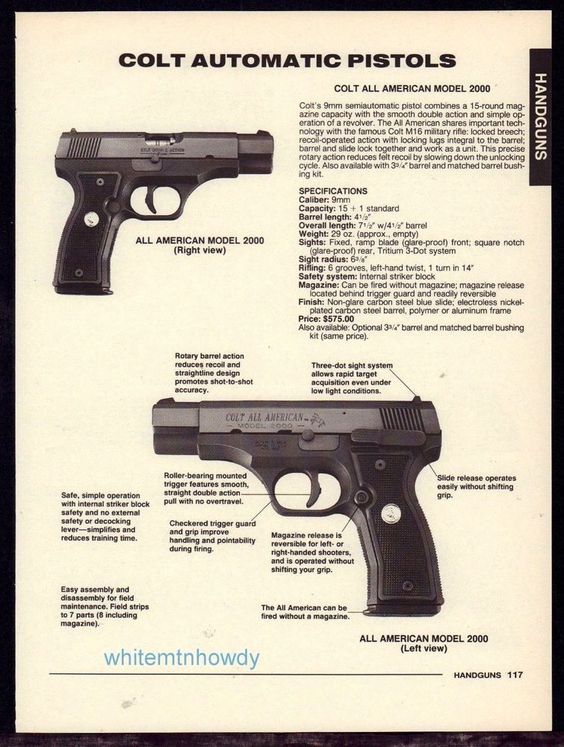
The Curious Case of the Colt All American 2000 Part 1: History | Photo: whitemtnhowdy vintage Ads
Design History
The All American 2000 had a bunch of other interesting design decisions generated by Knight and Stoner including the unique rotary barrel action which was a distinct departure from the semi-automatic guns that dominated the market and used a tilting barrel design. Instead, the Colt 2000 used a rotating barrel with five integral locking lugs. The intention with this system was that the rotating barrel would reduce recoil and improve accuracy.
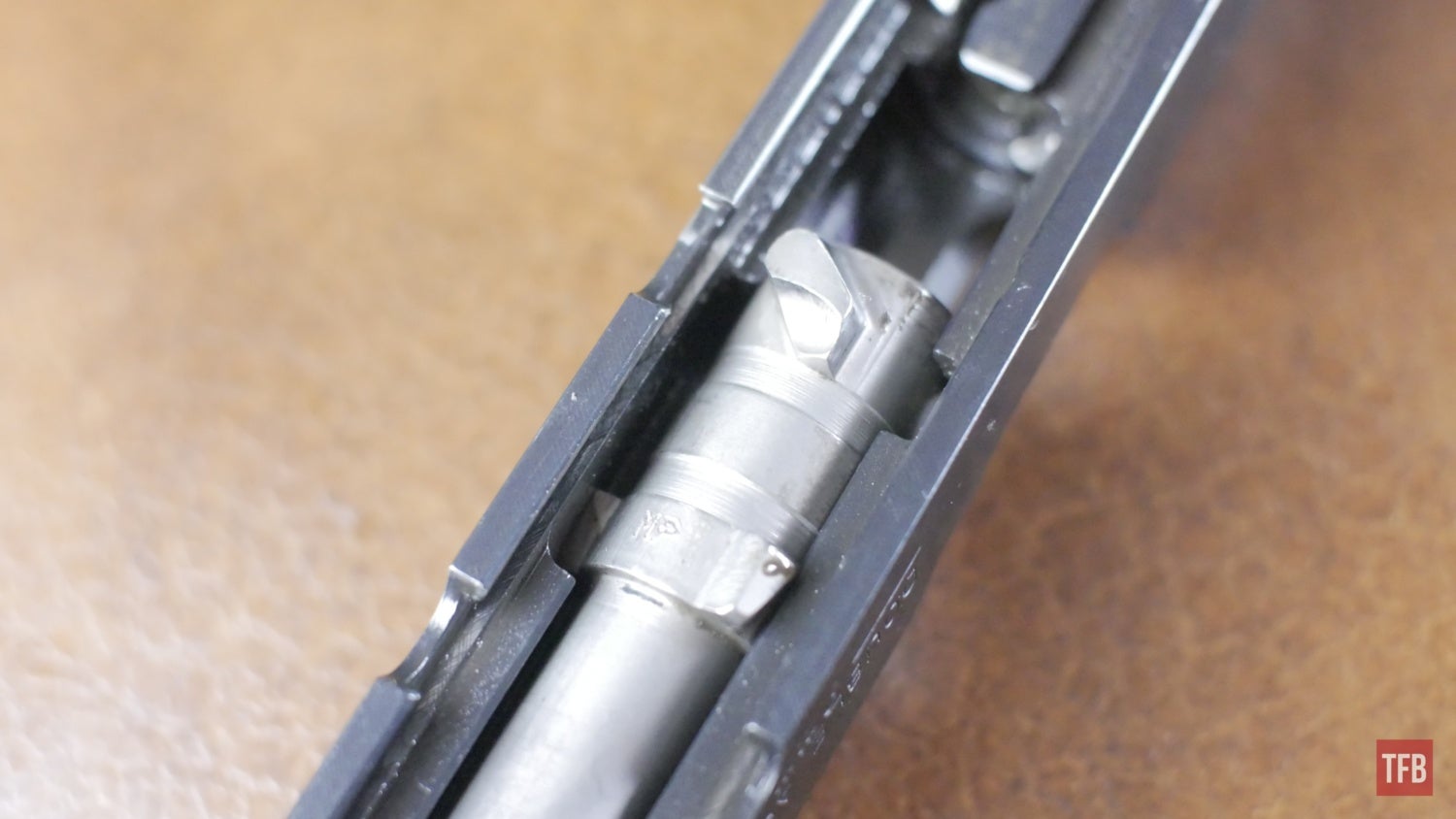
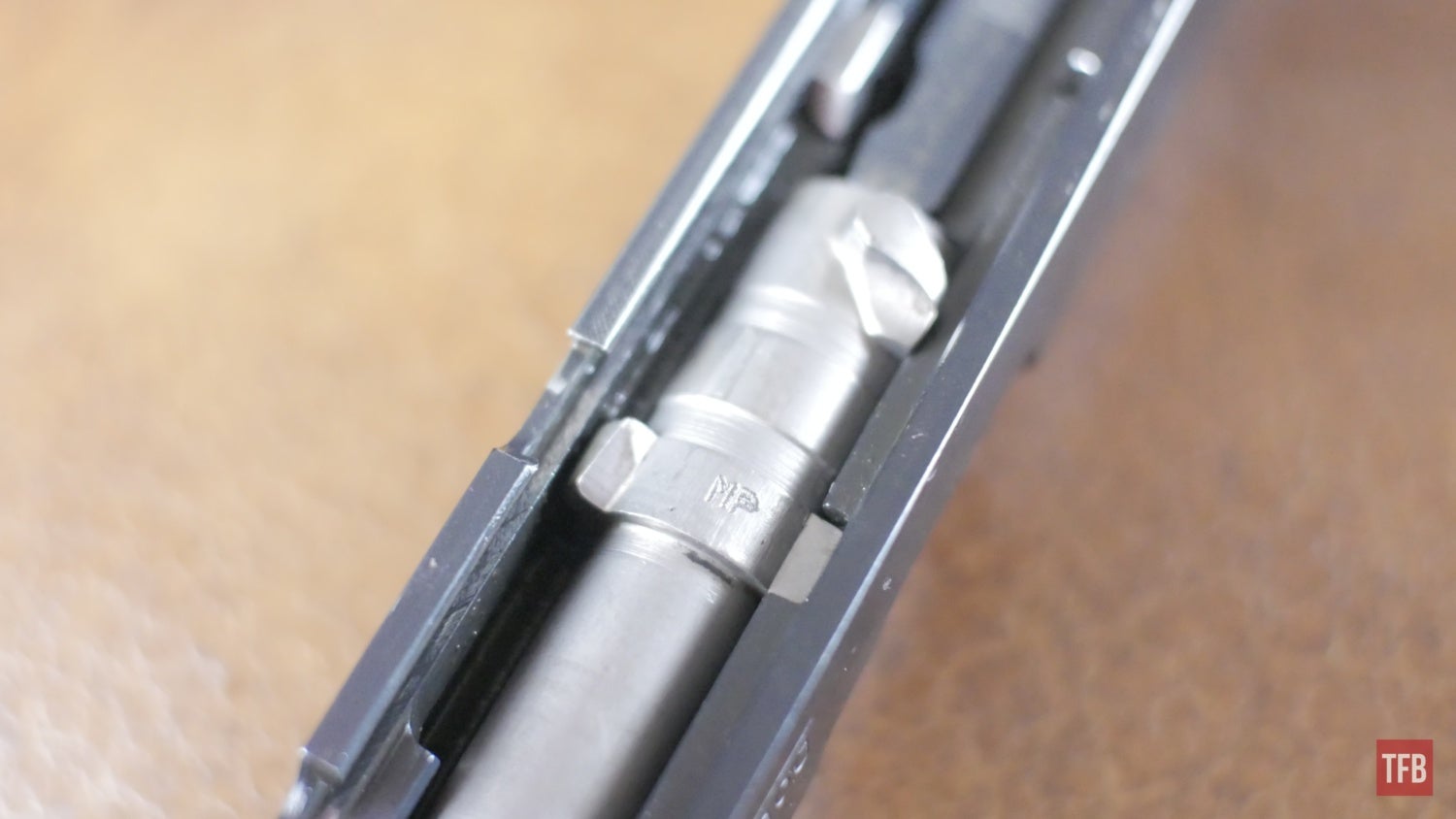
The pistol also featured a roller bearing system to provide the user with a smooth double-action trigger pull that went straight back into the grip instead of rotating around a pivot point – similar to a 1911’s trigger. Most importantly, the All American 2000 also included a new 15+1 capacity which put it near the capacities of the two dominant semi-autos of the time, the Beretta 92FS and the Glock 17. Everything about Eugene Stoner and Reed Knight’s new gun for the Millennium looked promising and when the prototype was unveiled at SHOT Show 1990, it generated a lot of hype. However, in the time between the unveiling of the All American 2000 prototype, and its production release in 1992, Colt made a few decisions that probably doomed the Colt 2000 before it was even released.
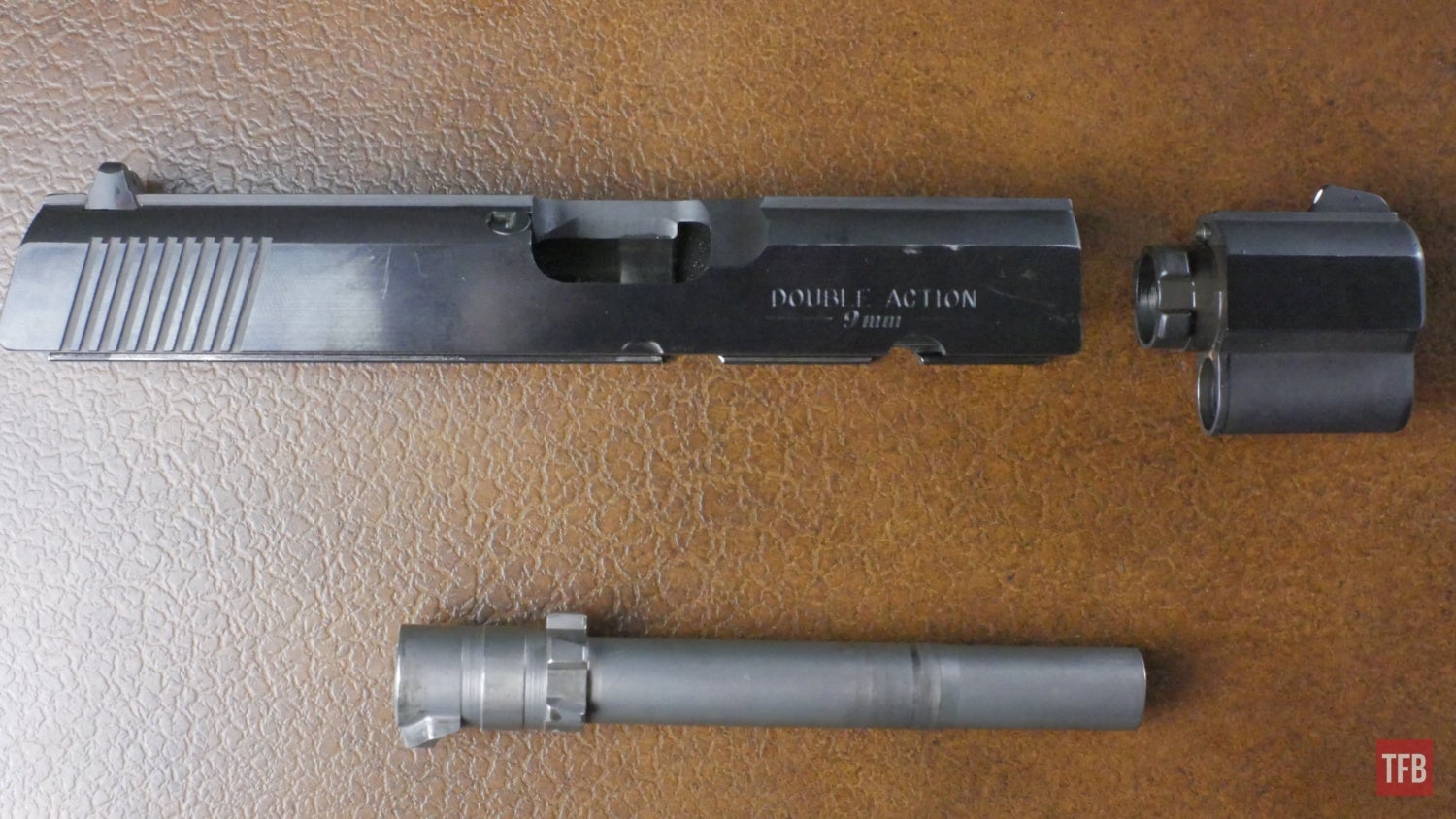
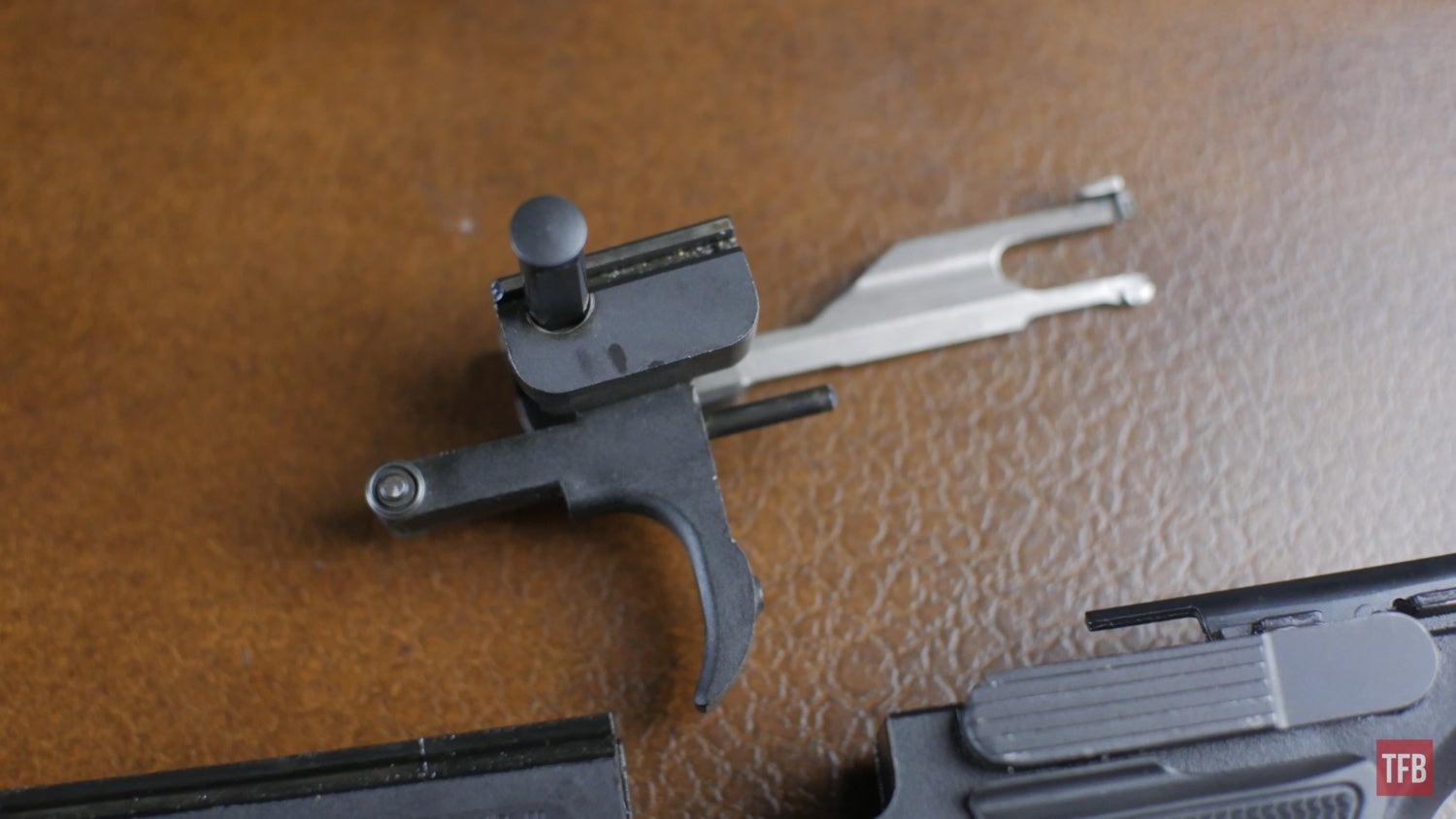
Eye On The Wrong Prize
Even though Colt basically had a ringer for the civilian market on their hands that would sell like hotcakes, it didn’t seem like that was enough from them. After the prototype design was handed off to Colt, both Stoner and Knight had very little to do with the rest of the product’s development. Colt, in an effort to capitalize on the growing popularity of semi-automatic pistols in law enforcement duty use, lengthened the barrel and the grip making the pistol closer in size to a Glock 17.
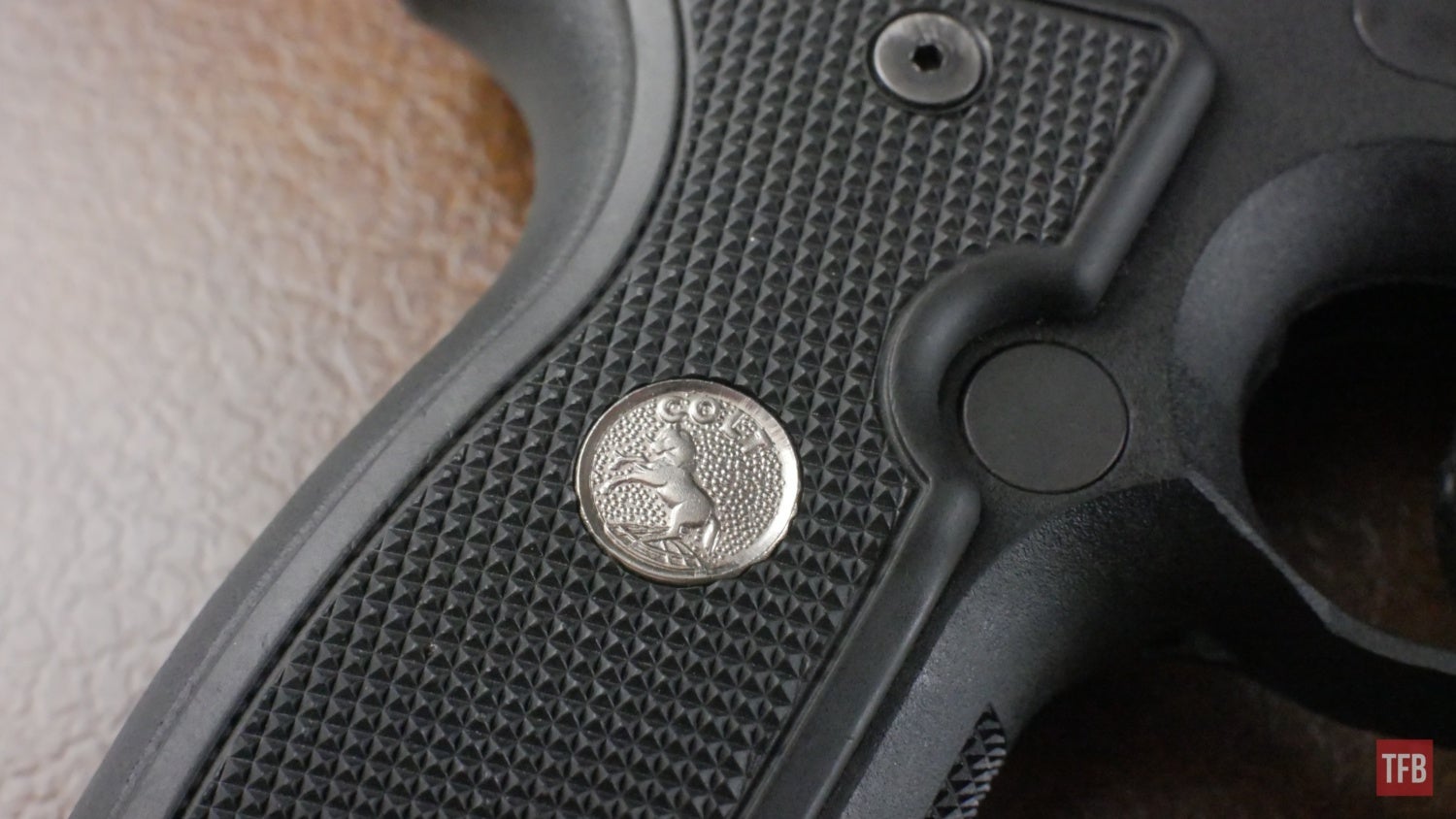
The Curious Case of the Colt All American 2000 Part 1: History
You’ll see from these pictures that the gun has quite the odd front end, and that’s because it comes off. This also wasn’t a part of the original design and instead was presumably incorporated to make disassembly easier and also perhaps to reduce the overall cost of the weapon. This two-piece slide design replaced the one-piece slide that the prototype originally had. What’s extremely alarming is that this piece requires no tools to remove, but the front sight is mounted directly to it and there is a tremendous amount of play present in the piece’s lockup.
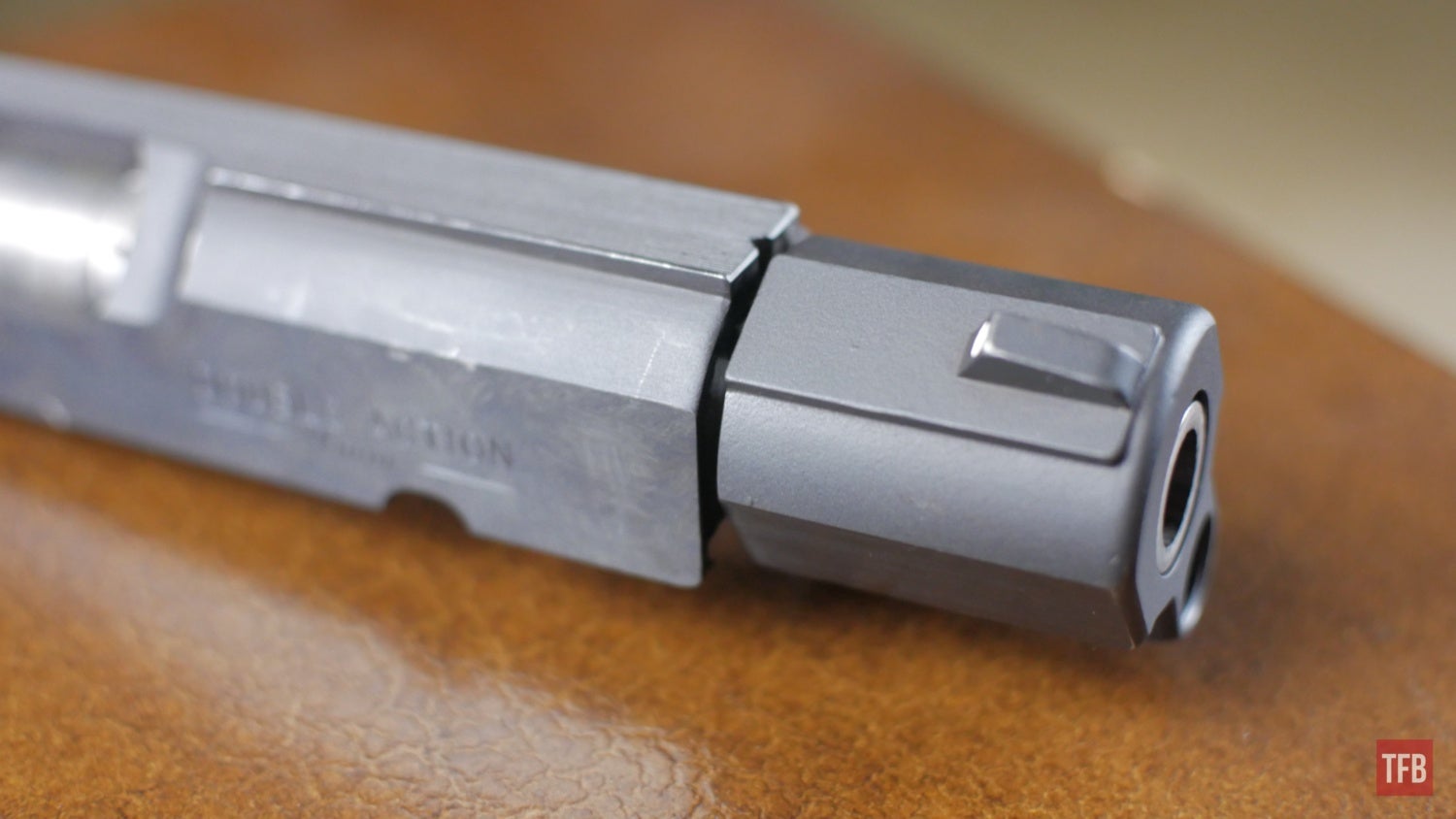
The Curious Case of the Colt All American 2000 Part 1: History
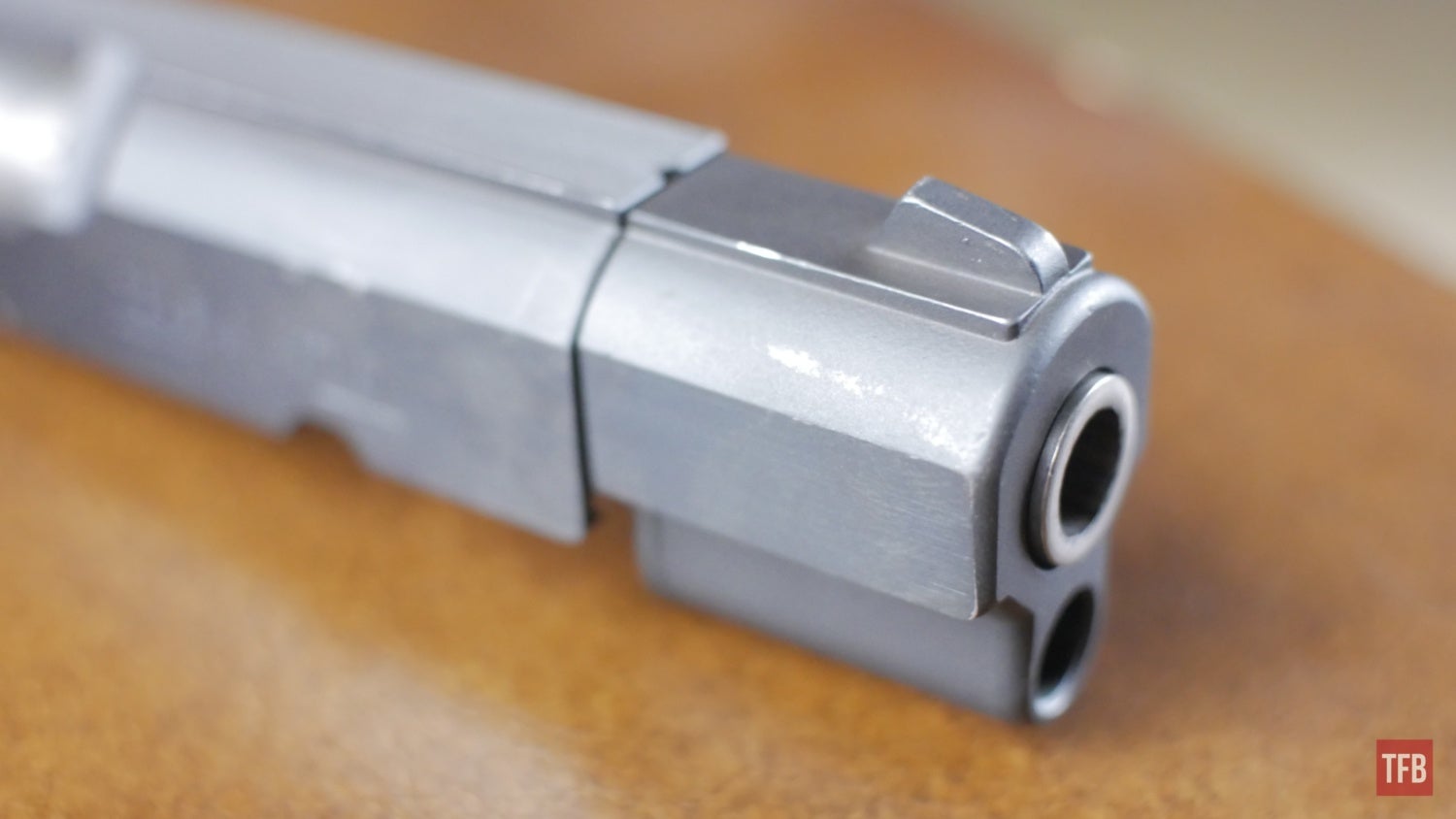
The Curious Case of the Colt All American 2000 Part 1: History
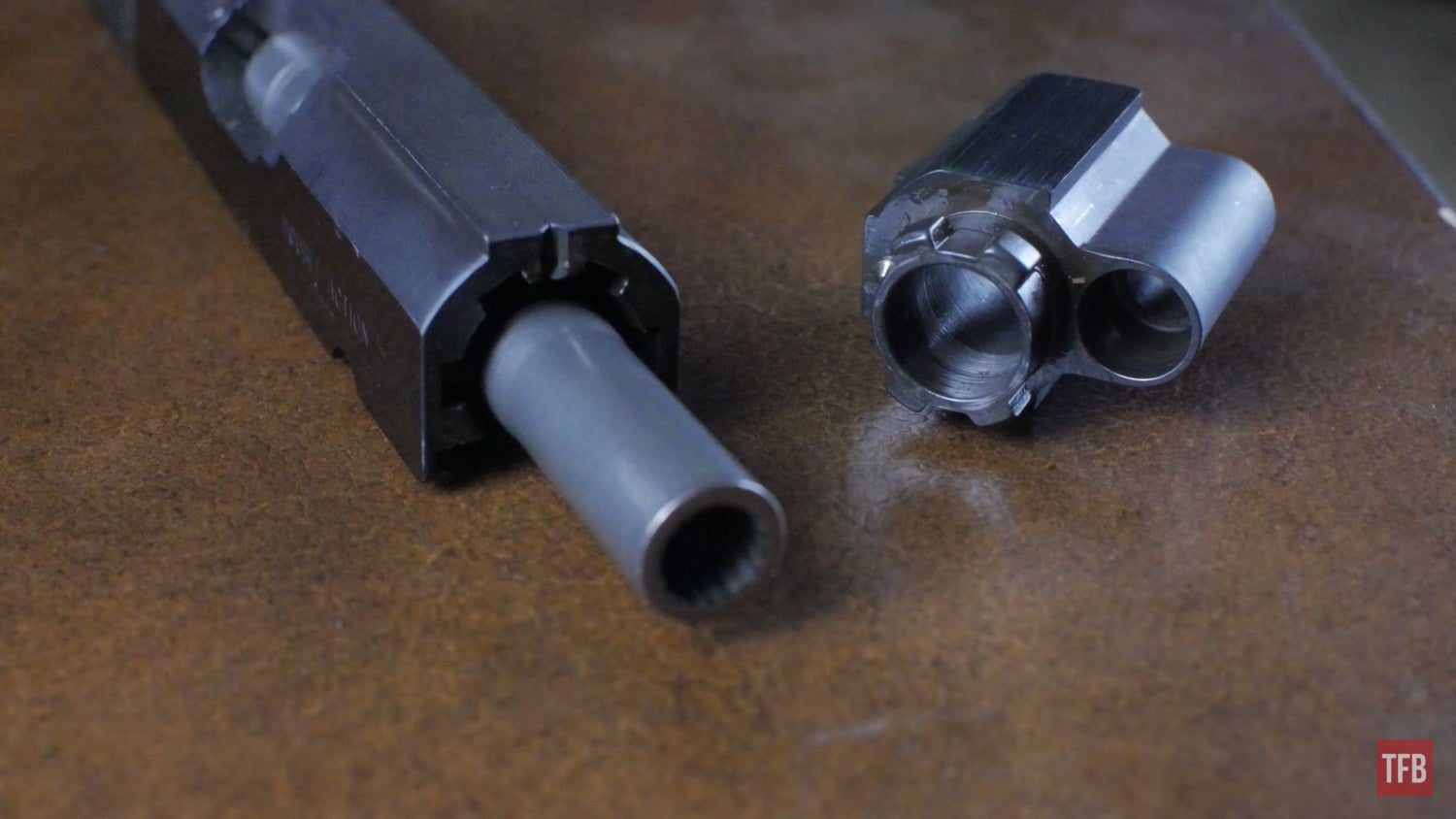
The Curious Case of the Colt All American 2000 Part 1: History
The fun doesn’t stop there, though. The Colt All American 2000, even with all of its design changes might have still made for a serviceable pistol, but with money on the mind at the time, Colt made additional changes in order to accommodate the law enforcement market which meant doubling the original 6-lb trigger pull of the prototype to a hulk-smashing 12-pounds for the production variant. This combined with the obnoxiously long trigger pull makes for one of the worst triggers to shoot quickly and accurately with and was probably the biggest complaint from those who adopted the handgun as part of their armament. So while the idea of a light and smooth double-action trigger pull aided by bearings was good, it seems like Colt took the idea a little too far in order to satiate the desires of specific police departments.
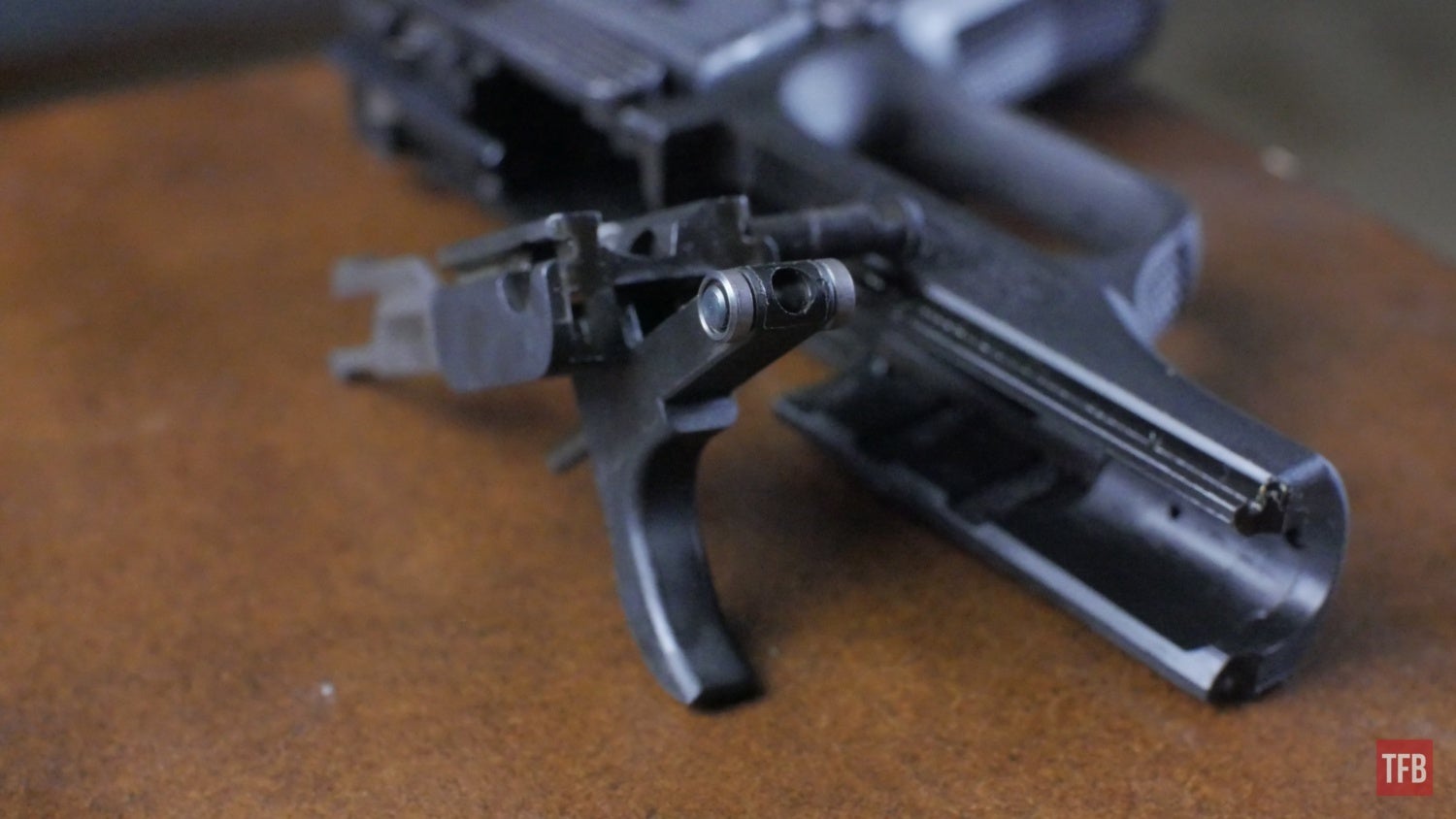
Dead on Arrival
The Colt 2000 had a lackluster release with customers complaining that the handgun was inaccurate, unreliable, and maybe worst of all, ugly, at least according to Massad Ayoob. Colt’s initial sales of the Model 2000 weren’t very good beginning in 1991 and only declined over the next two years which terminated with Colt issuing a safety recall for the handgun before eventually flat-out ending production in 1994 with only 20,000 or so units made. The official explanation from Colt’s President Ron Whitaker was fairly plain and clear – the gun simply wasn’t selling enough for it to remain economical for Colt to keep producing it.
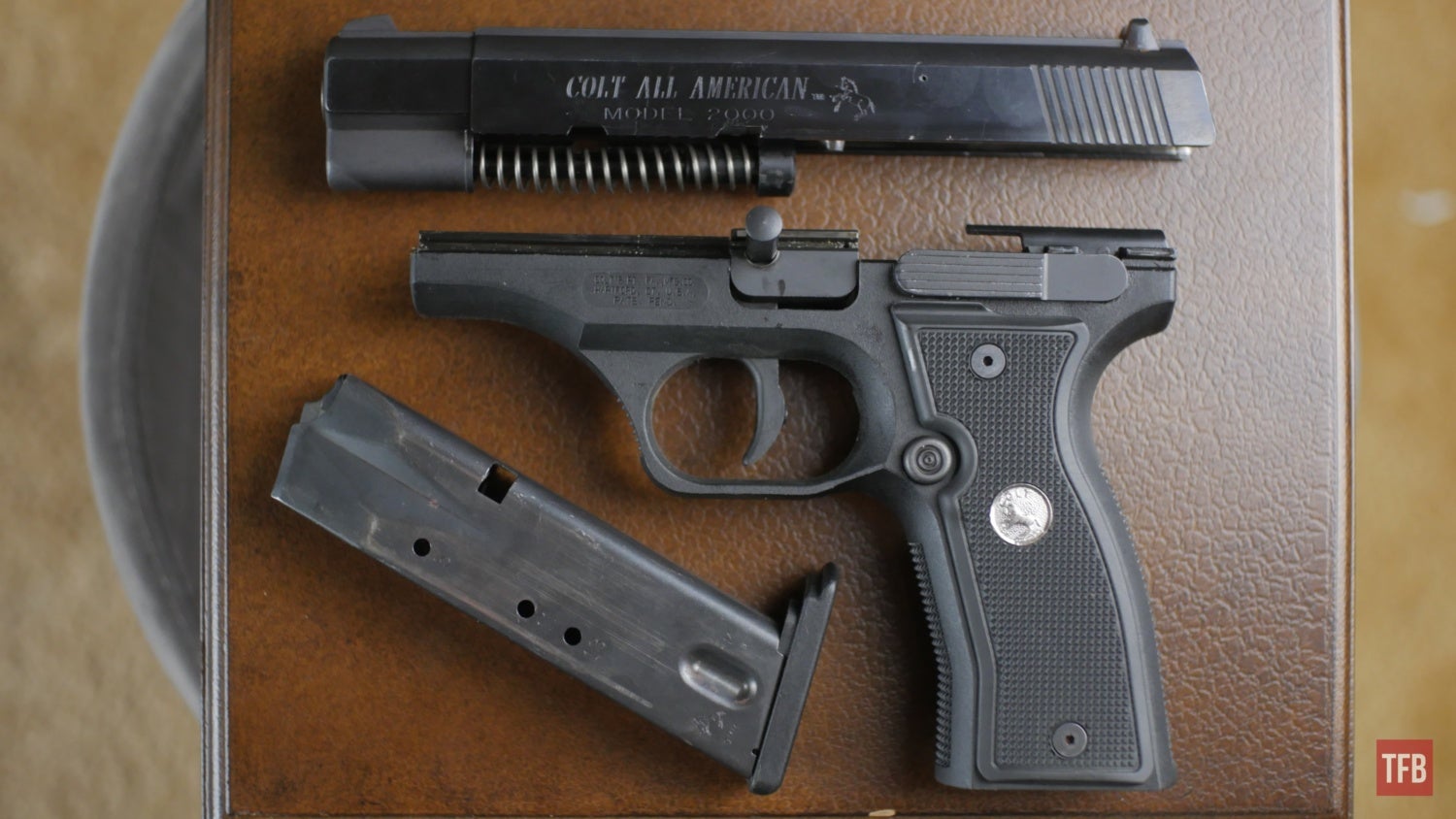
The Curious Case of the Colt All American 2000 Part 1: History
Colt, however, may have shot themselves in the foot with not just the design changes they made before official production, but also with how they actually produced the gun – they didn’t. Colt not only made design changes to the gun from the original prototype, they actually farmed out the production of their parts to another company and had them shipped back to Colt’s West Hartford facility for final assembly. I dug as much as I could but I couldn’t find any hard references to which company was making parts of the All American 2000, let alone what quality of parts they were producing for Colt.
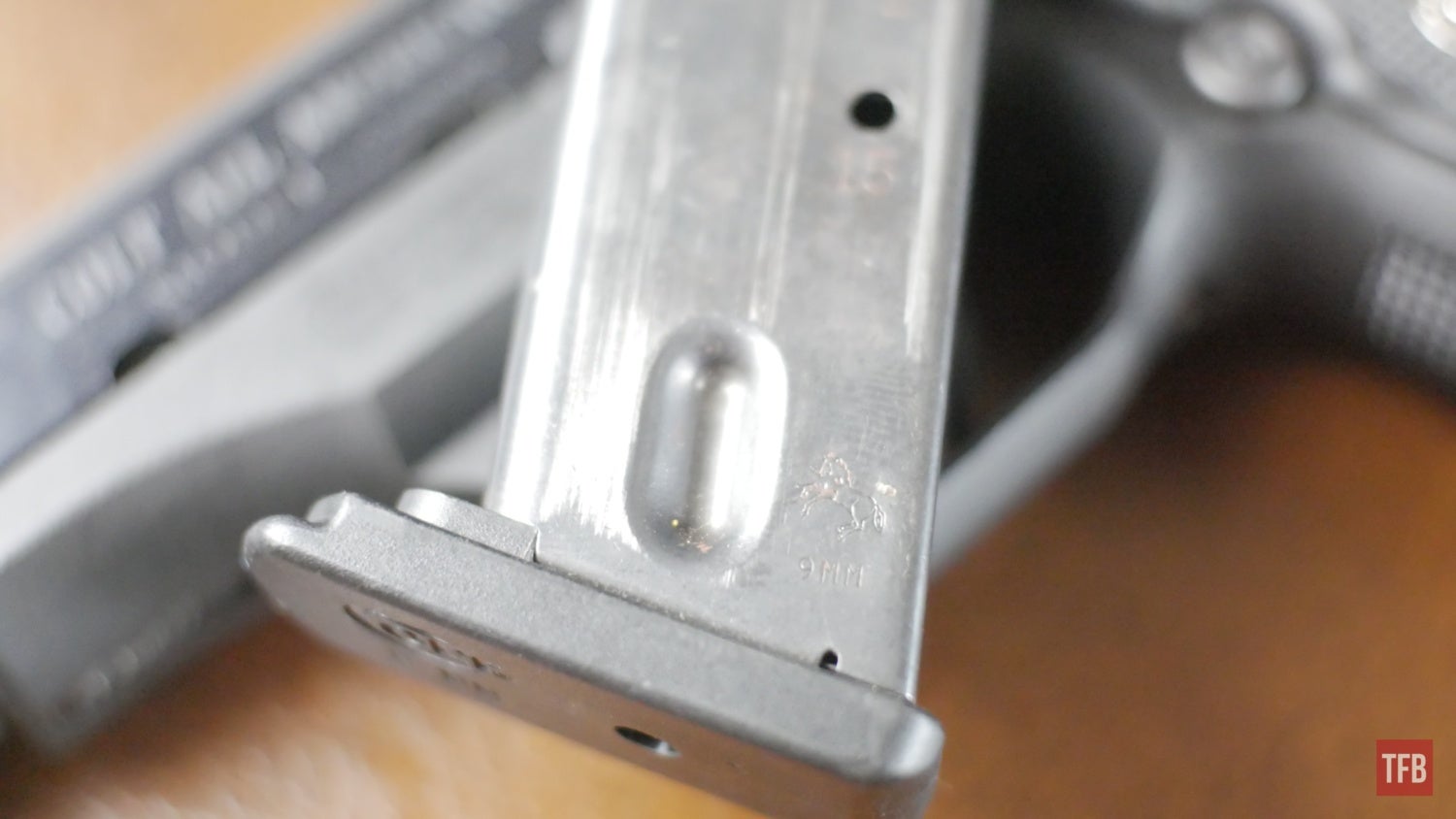
A final factor we can assume contributed to the pistol’s poor sales metrics was its complete departure from everything else Colt had done up to this point. Most Colt customers are used to their well-balanced, all-metal handguns with excellent single-action triggers. The Colt 2000 wasn’t any of those things and does in fact feel quite odd when held in the hand empty (without a loaded magazine). The gun feels just fine with a fully loaded 15-round magazine inserted, but quickly loses its “balance” as the magazine empties itself and because I don’t know of a single gun store that would give a curious customer a loaded magazine just to feel the weight of the gun, I think its safe to say that customers checking the gun out in the store probably thought it felt awkward. That combined with the already pretty competitive market probably made it hard to sell the pistol to both LEOs and civilians alike.
A final entry, but thankfully, not an often remembered one
What’s really sad to me about the story of the Colt All American 2000 isn’t that the pistol was a commercial failure, that’s bound to happen every once in a while even with the world’s best manufacturers. Instead, this would be the final entry into the books for Mr. Eugene Stoner. Stoner would wind up passing away only 3 years after the release of the All American 2000 with the failed pistol being one of the last designs he worked on before his death on April 24th of 1997. What makes it worse, is that it’s likely none of the gun’s failures were even his fault but rather a catastrophic mix of cost-cutting, contract chasing, and last-minute design changes. Thankfully Reed Knight and Knights Armament would go on to be a success, and today we remember Eugene Stoner not for the All American 2000, but rather for all of the other awesome designs he gave us that did wind up turning into true firearms success stories.
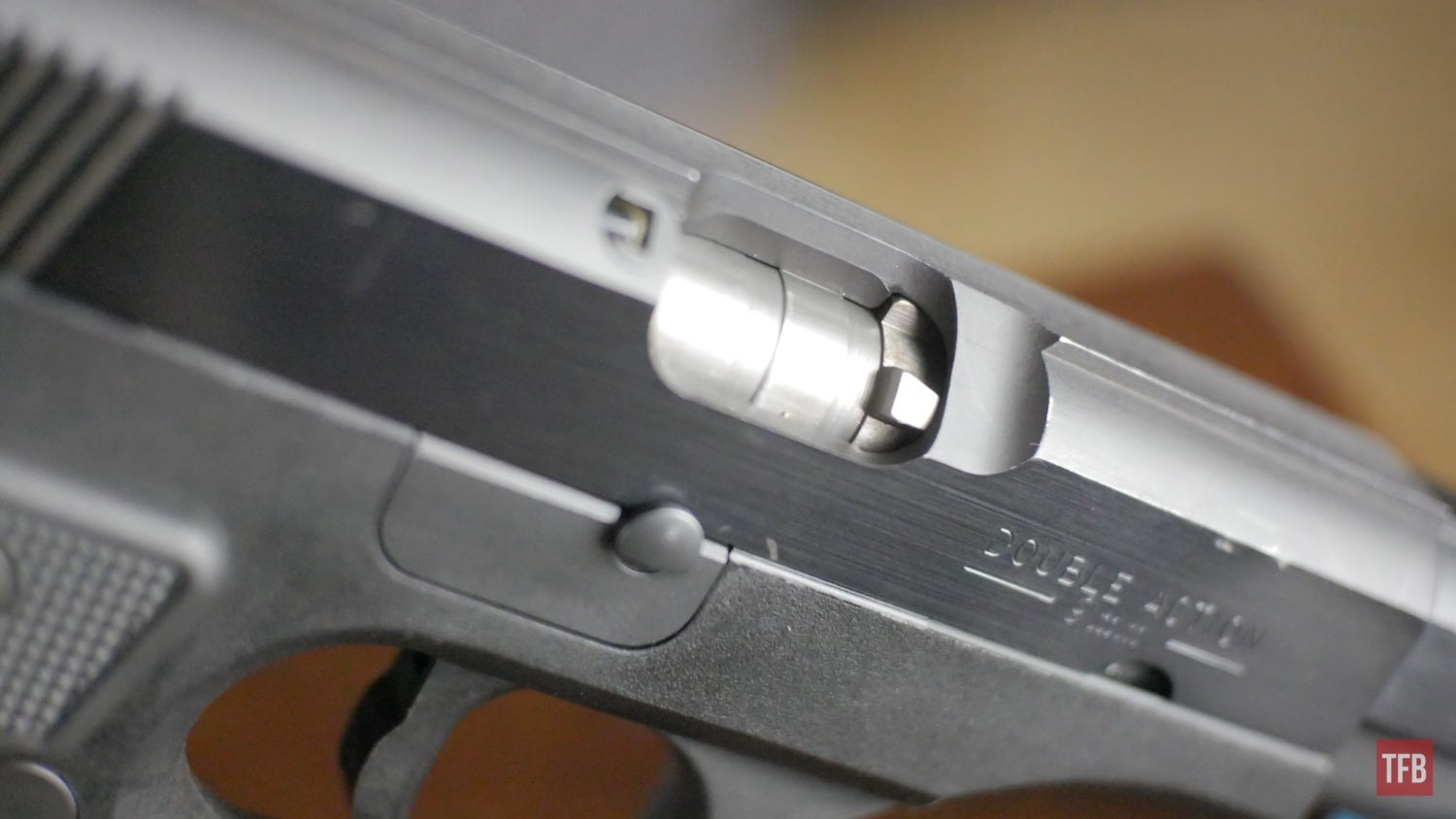
The Curious Case of the Colt All American 2000 Part 1: History
Personally, in the brief amount of time I’ve had with the gun so far, I’ve kind of fallen in love with it purely for how unique it is. In a world absolutely saturated with more or less the same tilting barrel/polymer framed designs, the Colt All American 2000 stands out. For Part 2 of this look at the Colt All American 2000, we’re going to take the gun to the range, put it on paper, run it with a bunch of different ammunition, and see how it measures up to the criticisms levied against it by those who adopted it. Stay tuned to TFB for when that comes out but in the meantime, if you own one of these pieces, please let us know what you think of it or what your experiences with it have been!
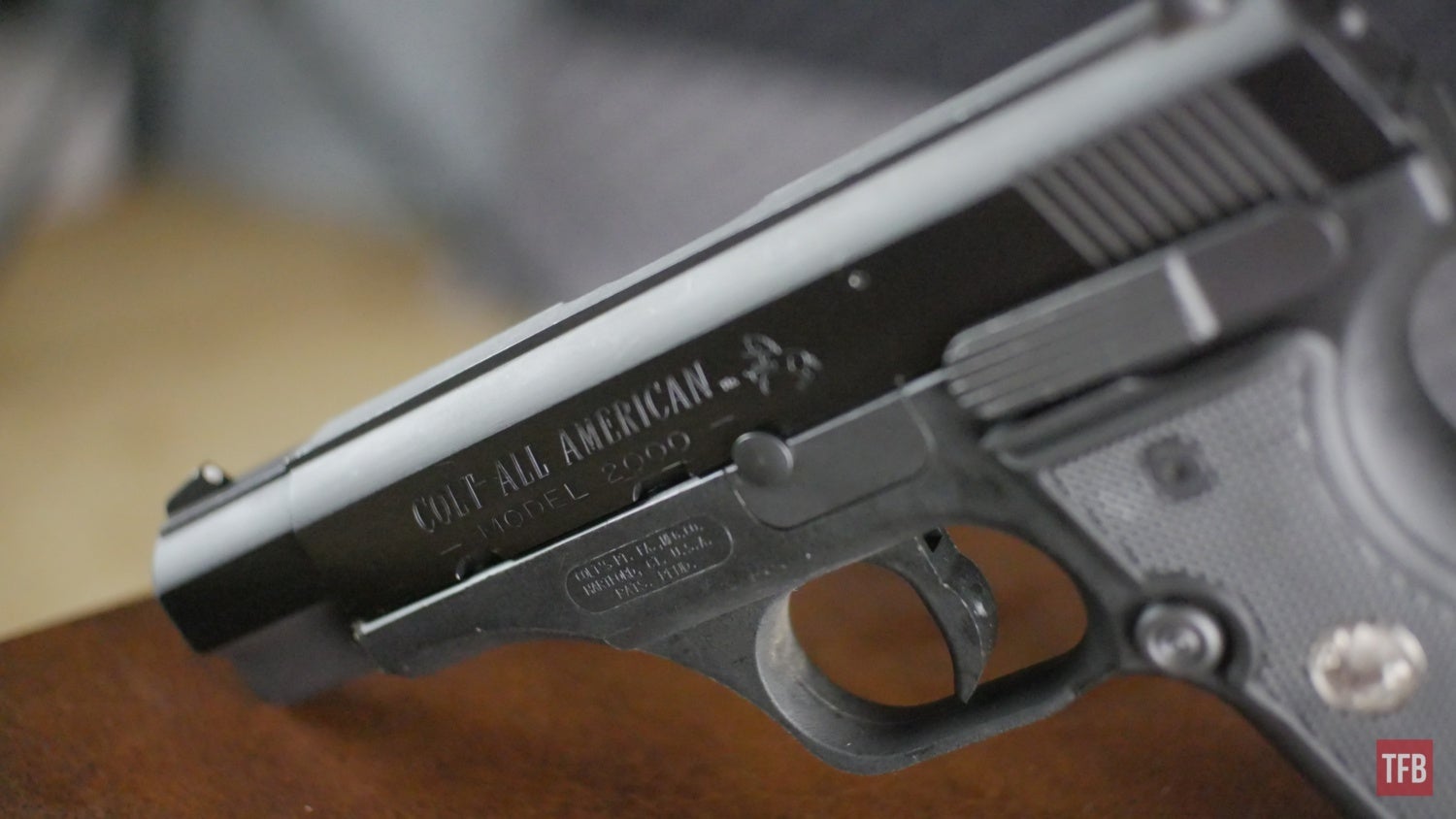
The Curious Case of the Colt All American 2000 Part 1: History
 Your Privacy Choices
Your Privacy Choices
